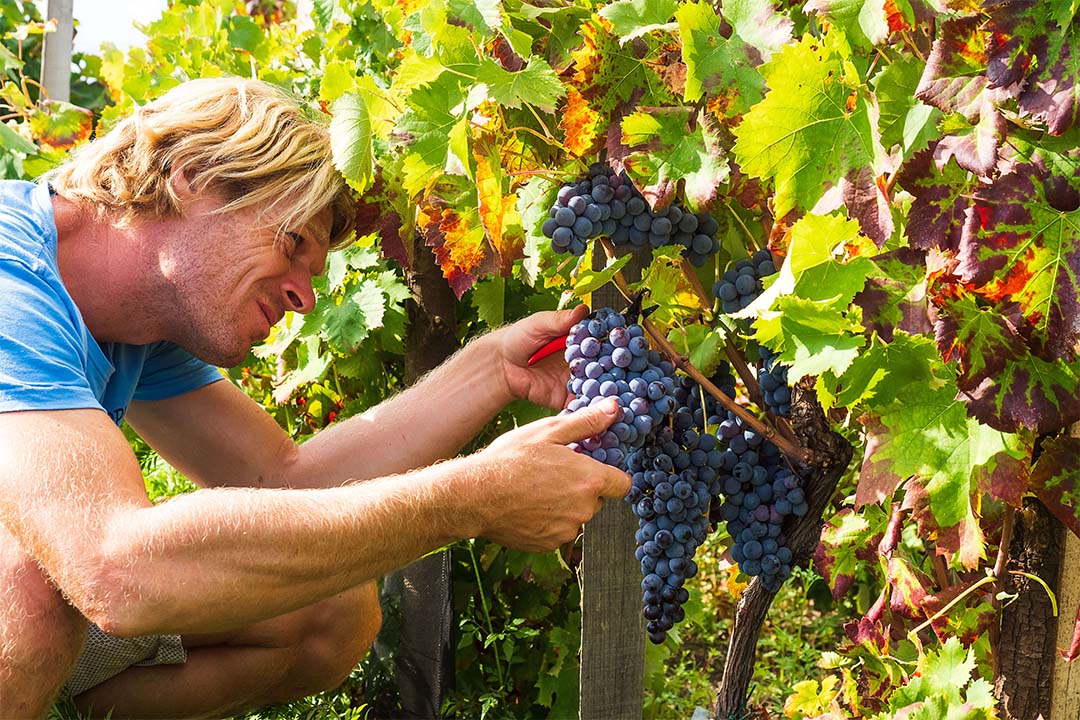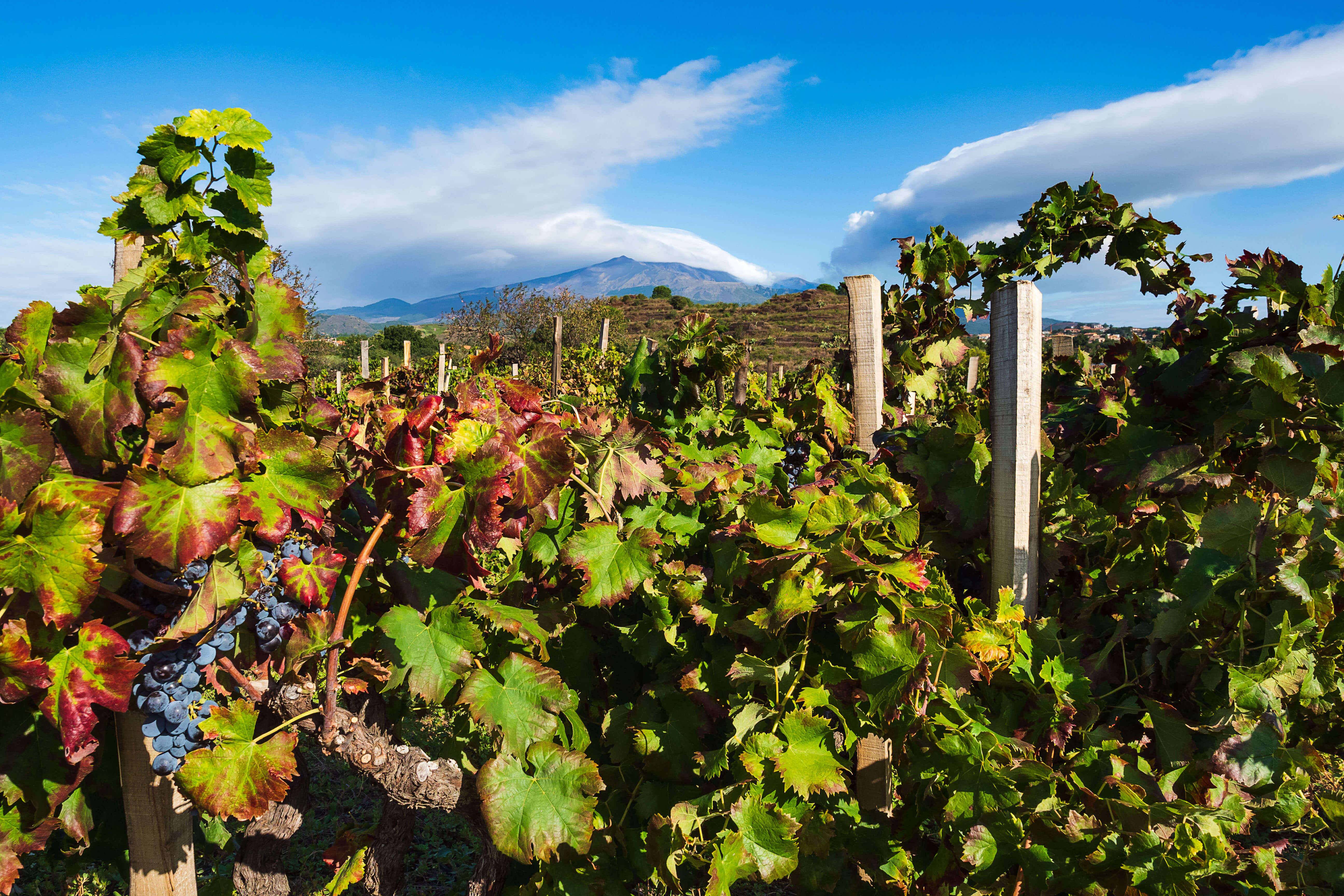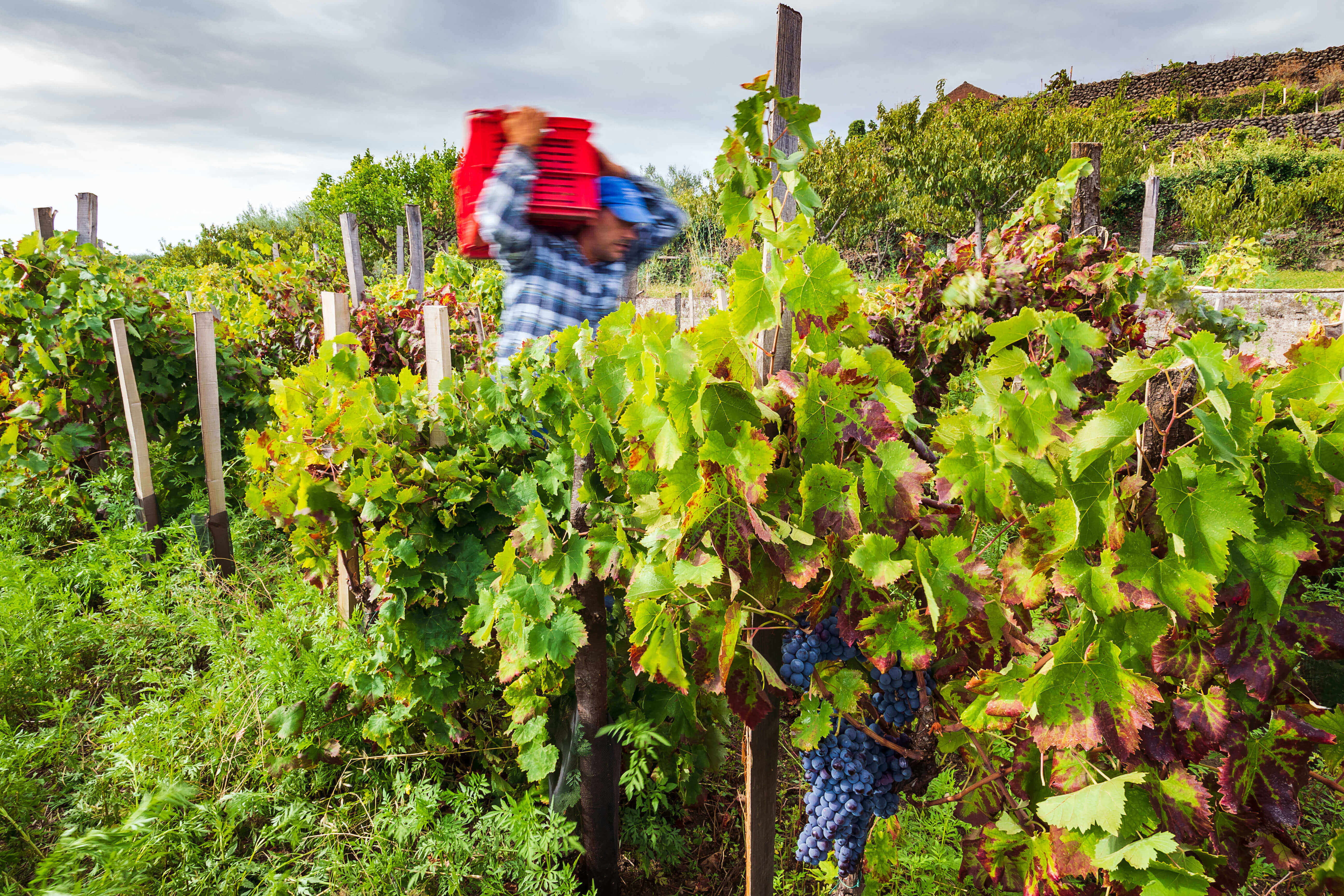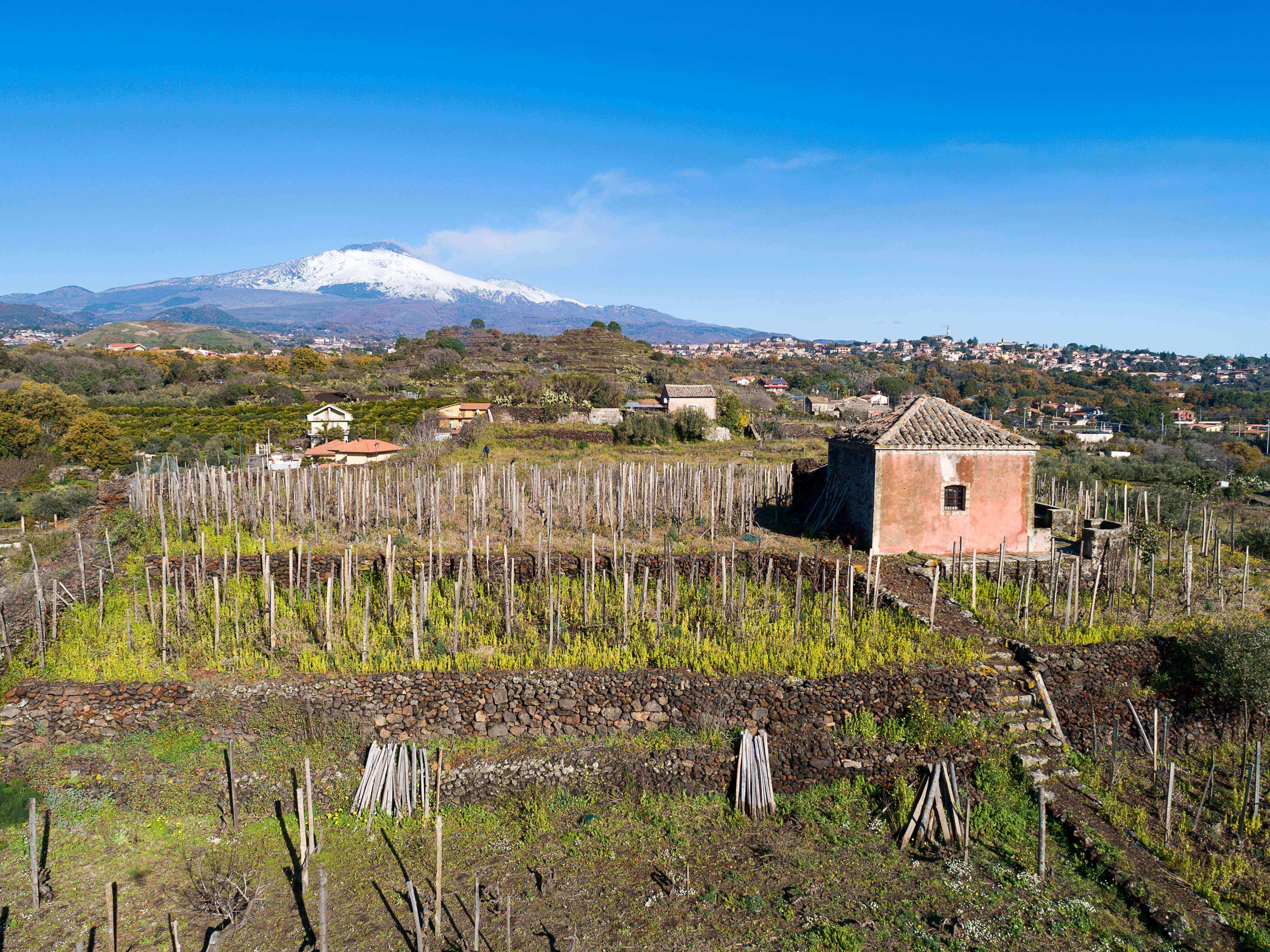Vineyards upon volcanic cones
Pedara, Mount Etna, Sicily
Monte Trigona
volcanic cones on Southern Etna
Old bush vines of Nerello Mascalese and Minella grow on top of terraced craters
Monte Trigona is located about 8 km from the city of Catania and the Ionian Sea. At the foot of the hill is a winery as old as 1638. The find of terracotta pots suggest a viticulture from ancient times. The site is blessed with a big cave with a perfect temperature to store wine. The cave actually lies directly under a wineyard and can be visited.
The south-east part of Etna has a high density of lateral craters. Especially around the villages Pedara and Trecastagni, in an area of 30 km2, between 500 and 800 meters above sea level, there are about 10 craters that have been the perfect slope for viticulture for many centuries untill today. Monte Ilice, Monte Gorna, Monte Serra, Monte San Nicolò, Monterosso and Monte Troina - to name a few - are home to reknown wineries like Benanti, Biondi & Nicosia as well as vineyards managed by locals that aim to produce wine for themselves, family and friends.
Monte Trigona is located most southern of this group of wine craters. and is the most distant from the central craters of Etna, and the closer one to Catania. Trigona consists of two vulcanic cones with three recognizable summits. In fact, its name in Sicilian dialect is 'tri cona' and means threecones. Both craters have a plateau on top perfect for wine growing: maximum exposure at about 500 asl. The soil has evolved to light pumice stones and lava sand with high draining capacity. The roots of the vines reach enormous depth in search of humidity. On top of the Monte the views are stunning. The wineyards are right in front of Mount Etna and offer sea views in the other directions.
.
Meeting the Monte
On a November day in 2017 I found this old vineyard on a small crater not far from my home in Viagrande. On the top stood an old cottage with a well and a terrace with stone seats. The cottage was situated had in front an old vineyard overlooking a great snow-capped Etna, with on its flanks the town of Trecastagni with its bell tower. The Ionian Sea, in the distance, watched. The vines grew where once lava flowed. I wanted to know how that wine would taste like.Joris Doesburg
Up there
All you need
A cottage surrounded by grapes, some fruit trees and breathtaking sunsets.
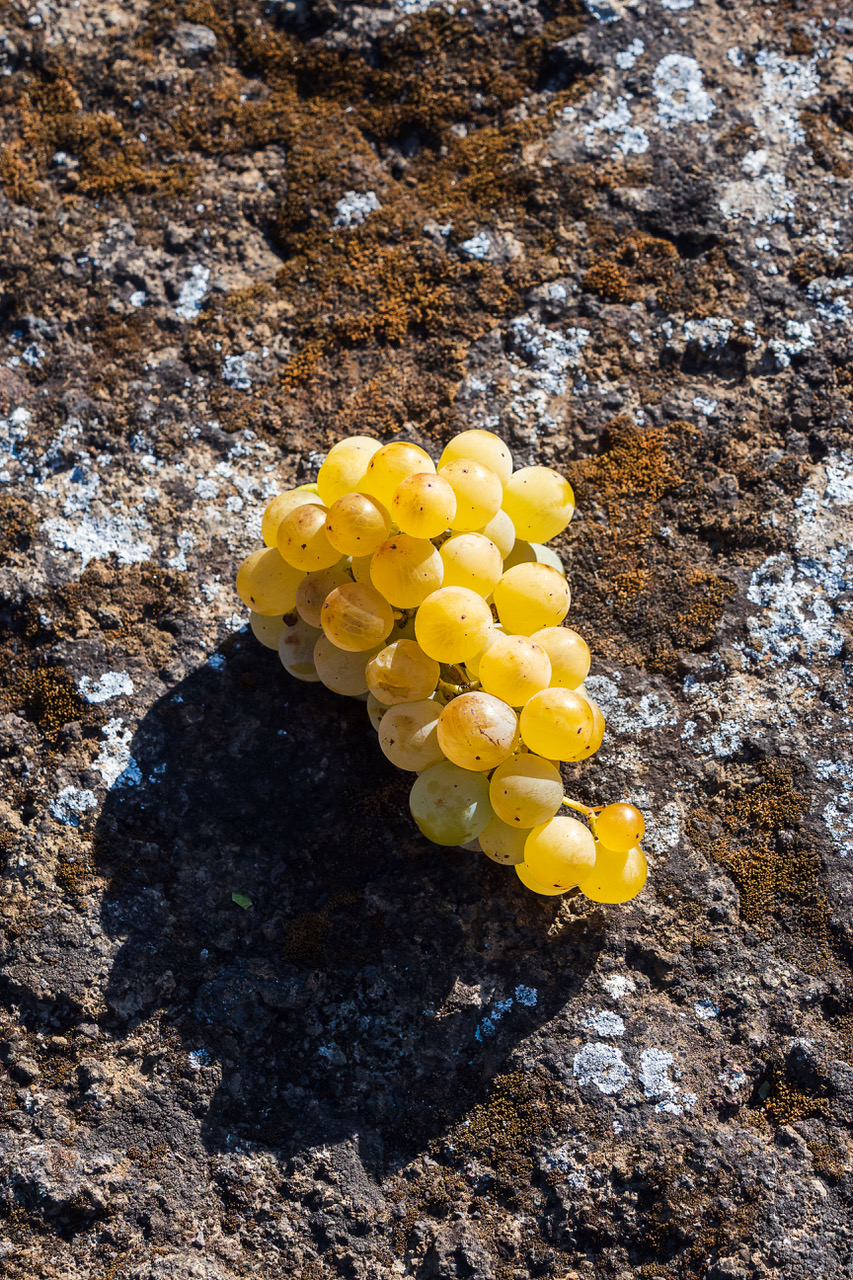
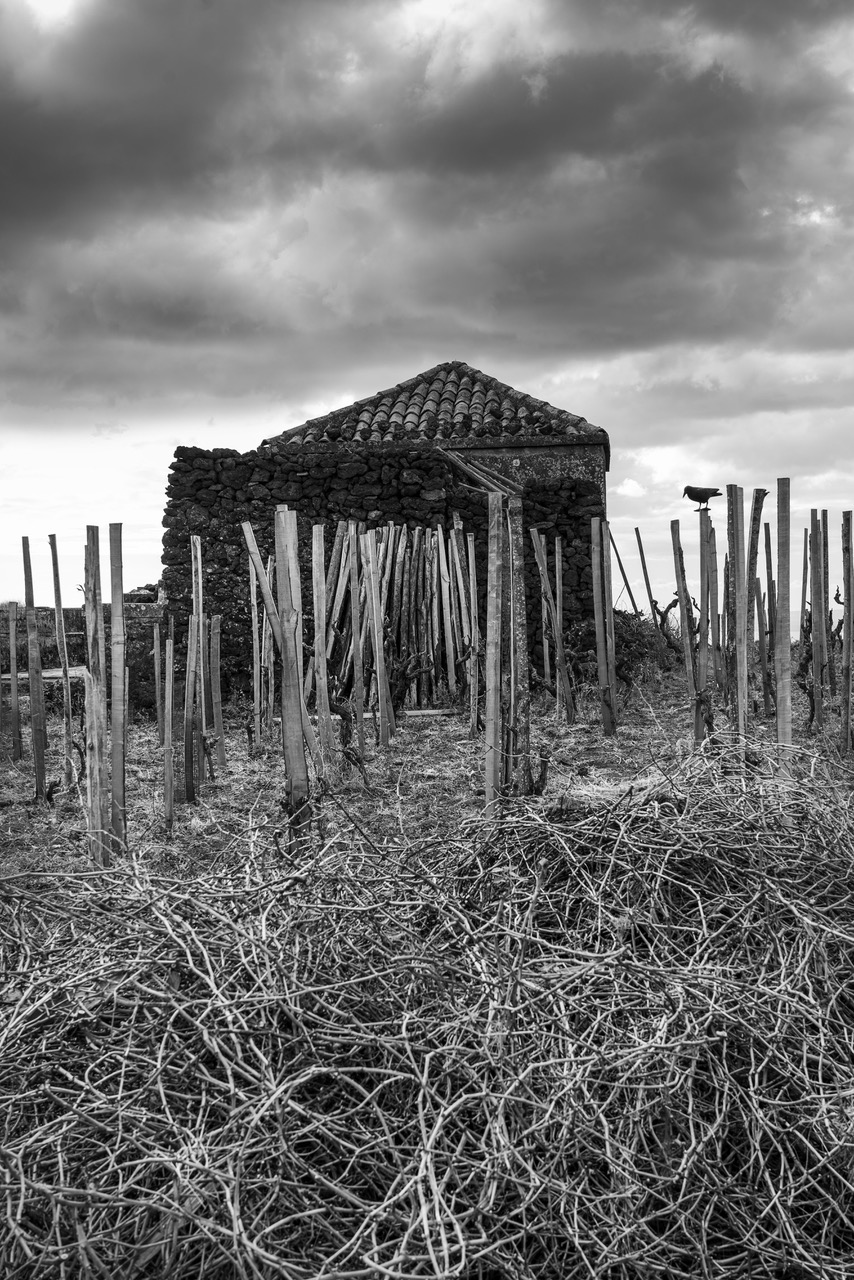
Monte Trigona Wines
Walk on craters, visit a lava cave and experience winetasting at sunset with stunning views of the Etna and the sea.
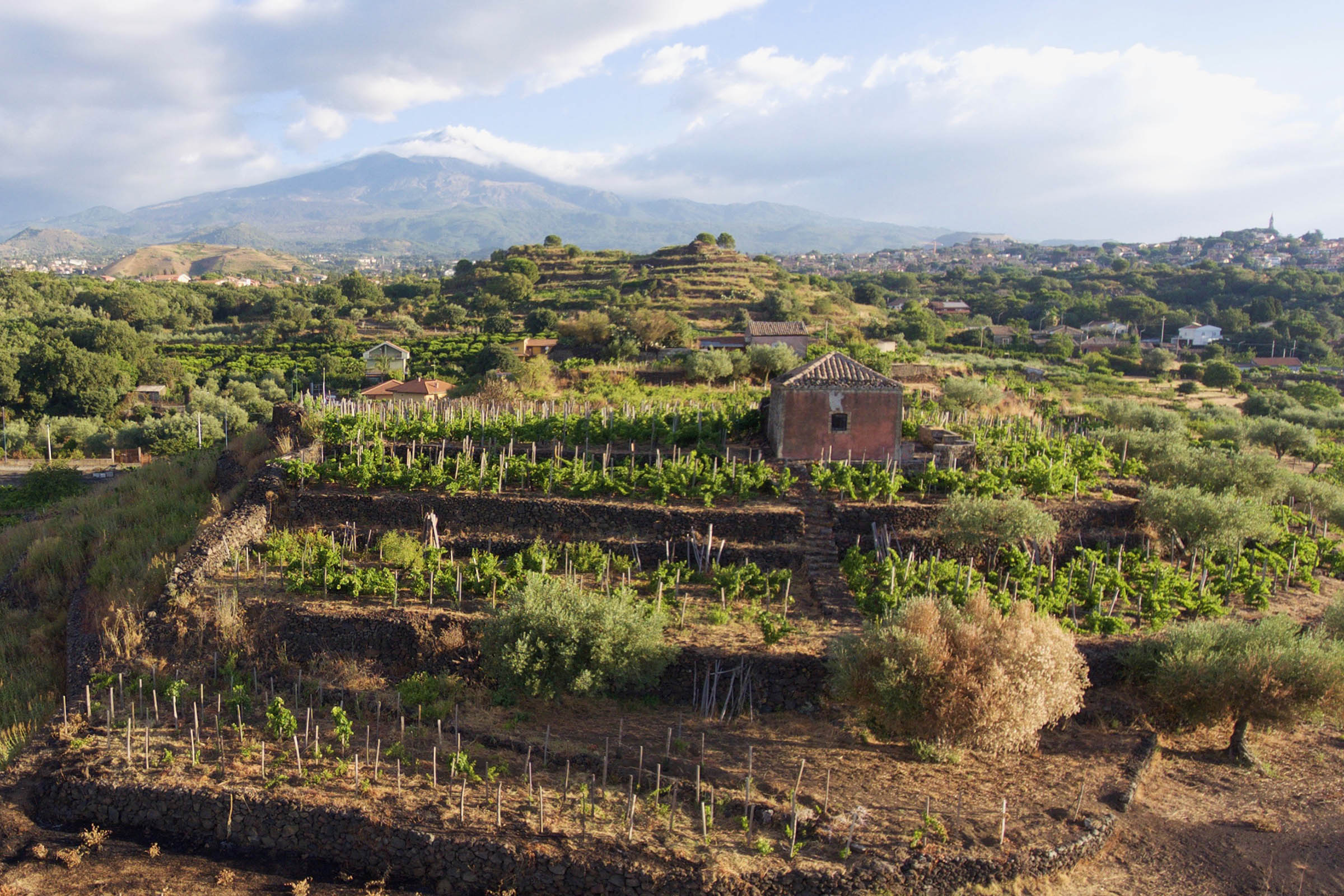
CONO 1
Vineyard surrounding the iconic old cottage, consisting of old, nerello mascalese, nerello cappuccio and minella plants.

CONO 2
Vineyard on the other top of the smaller crater consisting of very old plants of nerello mascalese, minella and other indigenous vines.
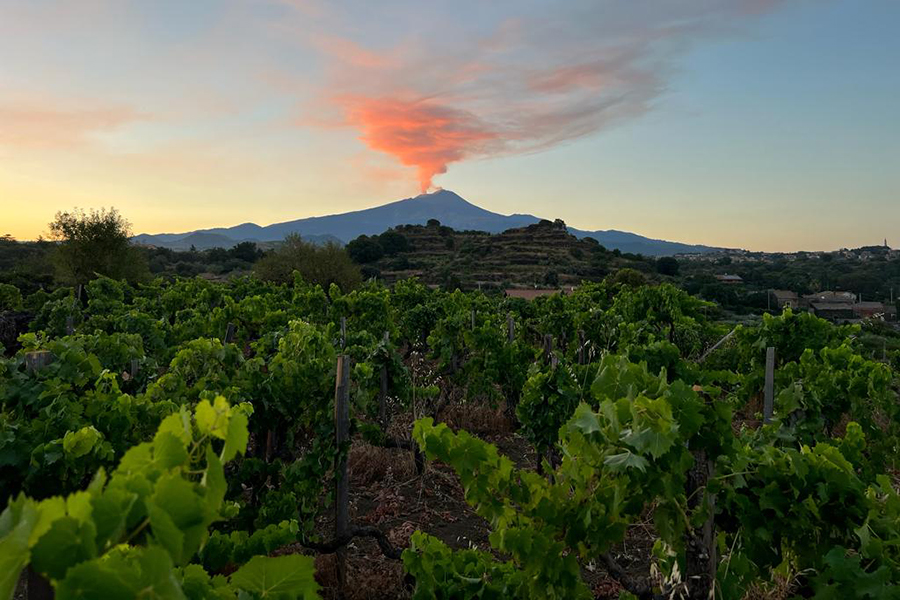
CONO 3
Cone 3 is the higher of the two hills known as Monte Trigona and covers over 3 hectares. The top of the crater and the higher terraces were replanted in 2022, mainly with Nerello Mascalese. On the southern side is an old vineyard with indigenous plants and a younger 15-year-old vineyard with Sangiovese plants.
